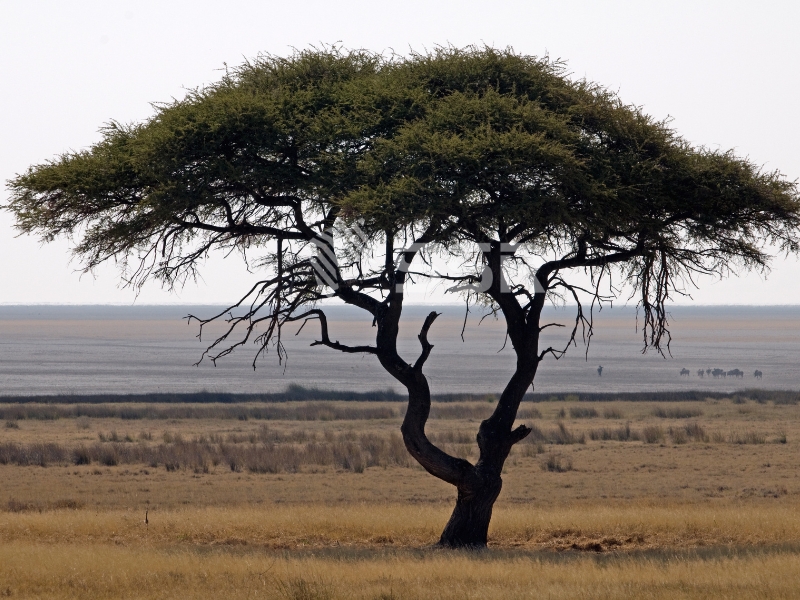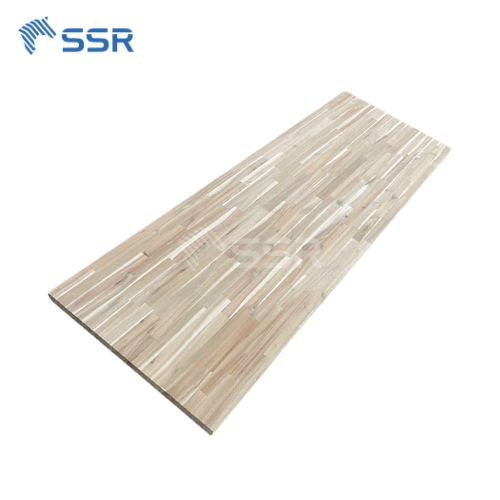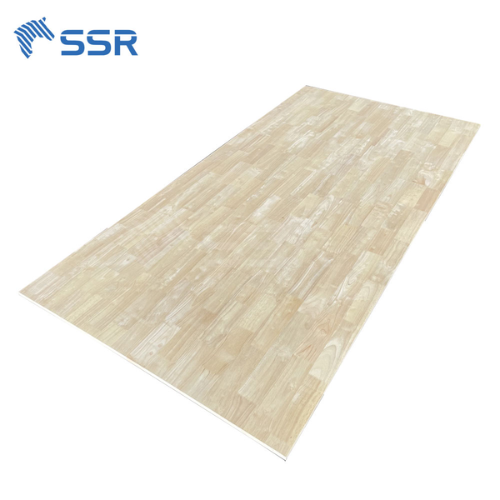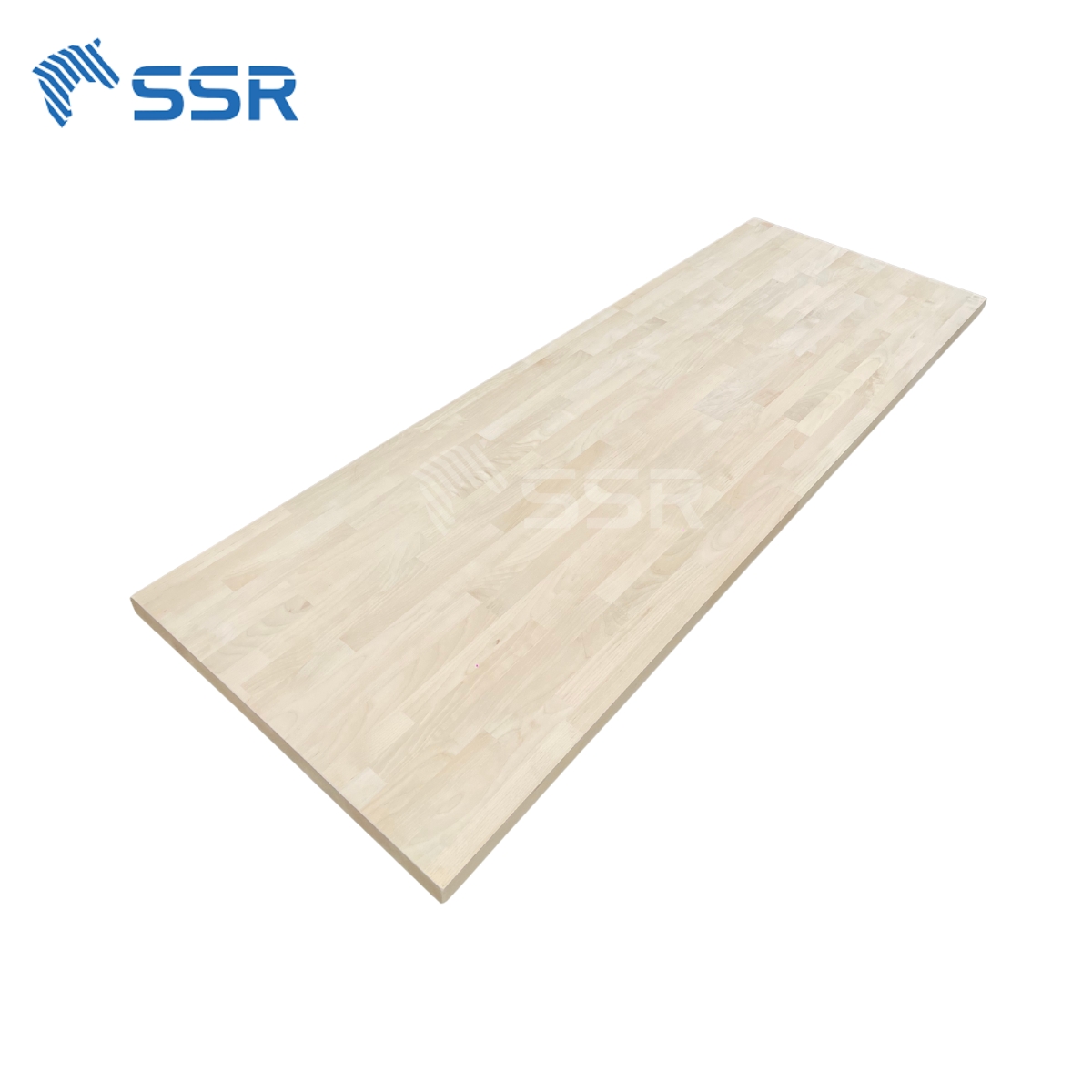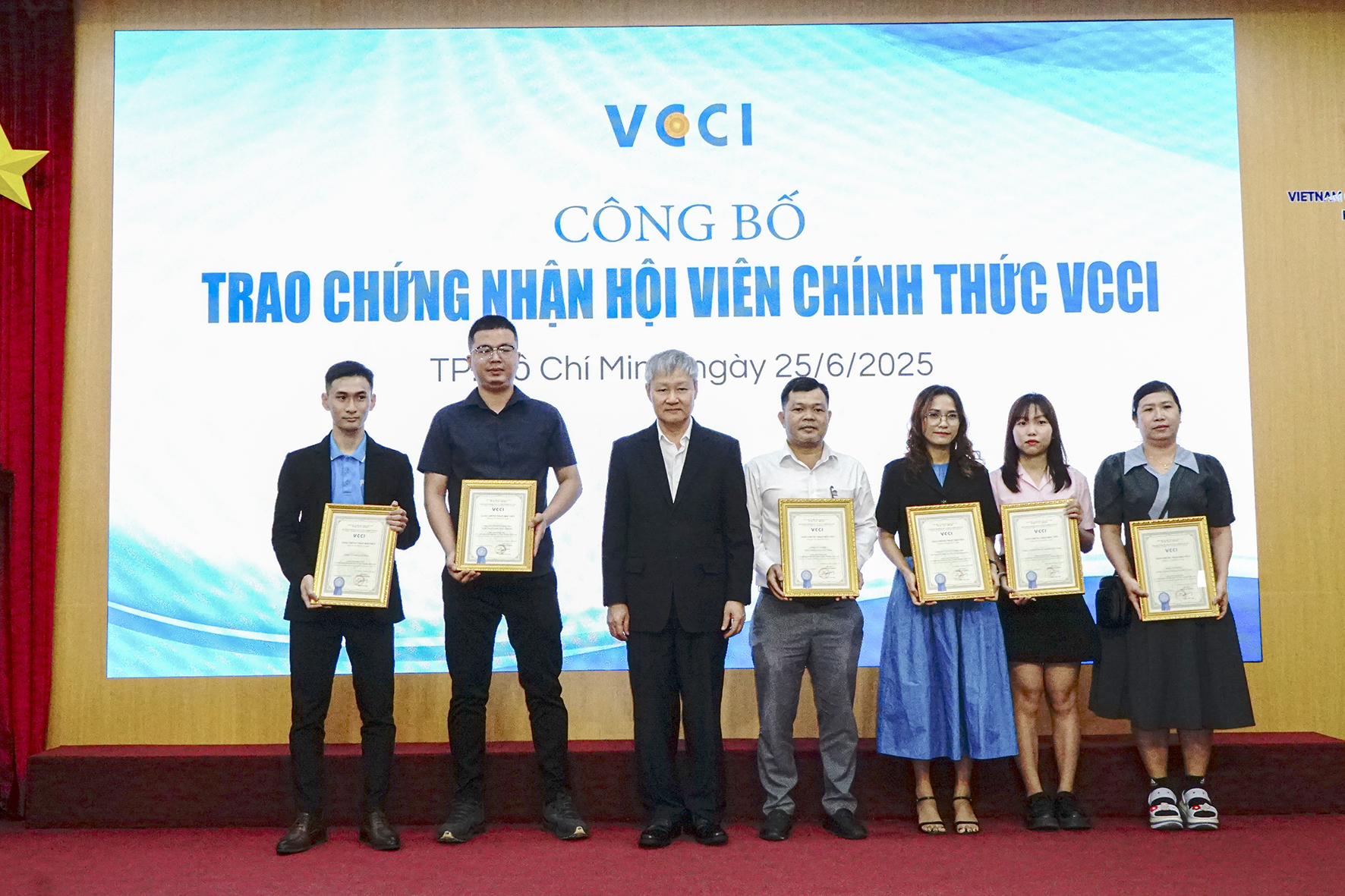NEWS
Acacia Chevron Countertops offer a perfect blend of timeless beauty and exceptional durability, making them an ideal choice for high-demand spaces. With their unique V-shaped Chevron pattern and the robust, long-lasting qualities of Acacia wood, SSR VINA’s countertops deliver both style and strength. Elevate your projects with these stunning countertops that promise to enhance any interior while providing reliable, long-term performance.
Standout Features of Acacia Chevron Countertops
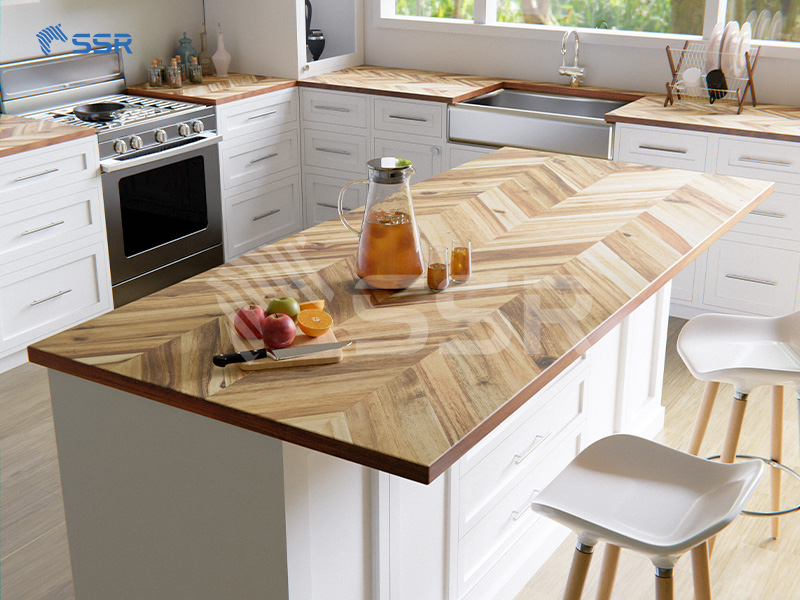
Acacia wood application
- Unique V-Pattern: The Chevron design adds visual interest and a modern touch to any kitchen space.
- Enhanced Aesthetic Appeal: Perfect for homeowners seeking a personalized, contemporary look.
- Space-Enhancing Effect: The Chevron pattern creates an optical illusion of a larger space, ideal for small kitchens or narrow homes.
- Moisture and Mold Resistance: Acacia wood is renowned for its resistance to mold, termites, and harsh environmental conditions.
- Long-Lasting Quality: Unlike many other types of wood, Acacia Chevron Countertops retain their strength and resist warping or cracking over time.
- Flexible Design Options: These countertops are not limited to kitchens but can be used for bars, kitchen islands, and family living spaces.
- Unique Statement Piece: Wherever installed, the Chevron countertops act as an aesthetic focal point.
Why Is Acacia a Sustainable Choice?
- Sustainable Wood Source: Acacia grows quickly and regenerates efficiently, making it an eco-conscious option.
- Minimizing Environmental Impact: SSR VINA adheres to sustainable harvesting and processing practices, reducing waste and conserving resources.
- Eco-Friendly Choice: Acacia trees grow quickly and regenerate efficiently, making them a sustainable source of high-quality wood.
- Commitment to Sustainability: SSR VINA adheres to environmentally responsible harvesting practices, minimizing ecological impact.
- Lifecycle Benefits: Choosing renewable materials like Acacia contributes to a greener future without compromising quality.
What is Acacia Wood?
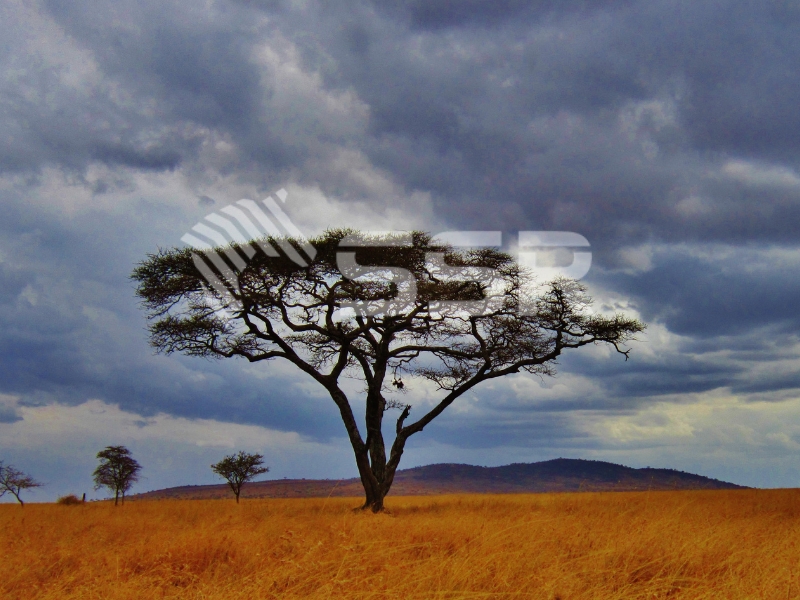
Acacia wood, commonly known as keo wood, comes from the Acacia tree—a genus of plants in the legume family (Fabaceae) with over 1,300 species distributed across tropical and subtropical regions. These trees have existed for millions of years and are most commonly found in Africa, Australia, and Southeast Asia. Acacia is deeply intertwined with human life and has been utilized for various purposes for thousands of years.
Origin and Ecological Characteristics
Acacia trees are native to Africa, where many species thrive in dry savanna regions. In Africa, these trees are renowned for their drought resistance and ability to adapt to harsh environments. From there, Acacia spread to other regions, particularly Australia, which is home to approximately 1,000 native species. Australia is considered the “homeland” of Acacia, where it is often referred to as “wattle,” a significant botanical symbol of the nation.
In Southeast Asia, including Vietnam, Acacia trees were introduced and widely cultivated in the 20th century. The Acacia mangium and Acacia auriculiformis species are particularly popular and are grown for land restoration and industrial wood production. Their rapid growth and ability to thrive in nutrient-poor soil have made them a top choice for reforestation and environmental protection programs.
Role in Historical Development
With its wide distribution, Acacia wood has played a vital role not only as a resource but also as a part of the culture and history of many communities. Its long-standing presence in various regions demonstrates its adaptability and immense value.
Today, Acacia wood is not just an industrial material but also a symbol of resilience and the connection between humanity and nature. Its increasing global popularity, from modern furniture to traditional products, is a testament to the historical significance and origin of this remarkable wood.
Maintenance Tips for Long-Lasting Performance
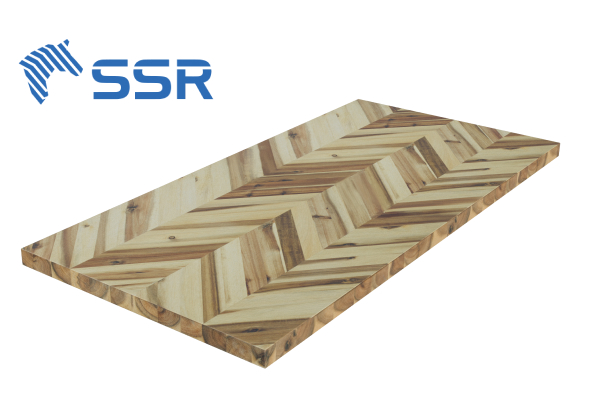
Acacia chevron
- Regular Cleaning: Wipe the surface with a damp cloth and a mild cleaning solution to maintain its natural shine.
- Avoid Sharp Objects: Use cutting boards to prevent scratches and preserve the smooth finish of the countertop.
- Protective Oil Application: Apply a coat of protective oil every six months to enhance water resistance and prolong the wood’s life.
Featured Products
Acacia Wood Butcher Block Countertops Supplier
Specifications:
- Species: Acacia
- Moisture: < 12%
- Wood Stave (Length): 150-400 mm
- Wood Stave (Width): 30-80 mm
- Length & Width tolerance: 0/+3 mm
- Thickness tolerance: +/- 0.2 mm
- Glue: D4
- Quality: AB, BC or customized
- Surface finish: Sanding 180-240 grit, 2 faces
Rubberwood Finger Joint Board Supplier
- Species: Rubberwood
- Moisture: <12 %
- Wood Stave (Length): 150-600 mm
- Wood Stave (Width): 35-80 mm
- Length & Width tolerance: 0/+3 mm
- Thickness tolerance: +/- 0.2 mm
- Glue: D4
- Quality: AA, AC or customized
- Surface Finish: sanding 240-320 grit, 2 faces
Birch Butcher Block Countertop Supplier
Specifications:
- Species: Birch
- Moisture: < 12%
- Wood Stave (Length): 150-400 mm
- Wood Stave (Width): 20-80 mm
- Length & Width tolerance: 0/+3 mm
- Thickness tolerance: +/- 0.2 mm
- Glue: D4
- Quality: AB, AC or customized
- Surface finish: Sanding 180-240 grit, 2 faces.
Featured News
Related News
SSR Wood in Tay Ninh: Groundbreaking a New Production Hub
SSR held the groundbreaking ceremony for its new wood processing facility in Tay Ninh on November 28. The plant is expected to produce 2,000 cubic meters per month. The project represents a significant expansion of SSR’s manufacturing capacity in Southern Vietnam and will operate as part of the Ho Chi Minh production area, one of […]

SSR VINA becomes VCCI Member: A New Milestone
SSR VINA is proud to announce its official VCCI member (Vietnam Chamber of Commerce and Industry) – the nation’s leading organization representing the business community and employers in Vietnam. This marks a significant milestone in SSR VINA’s journey to enhance the global presence of “Made-in-Vietnam” products, reaffirming our commitment to quality, innovation, and sustainable growth. […]

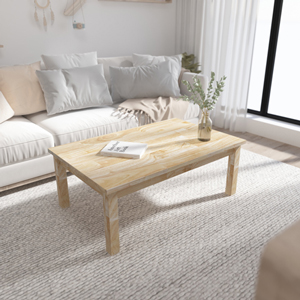
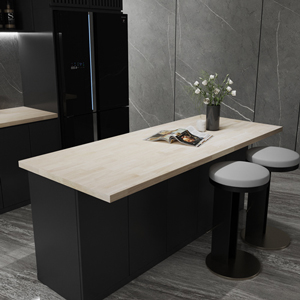
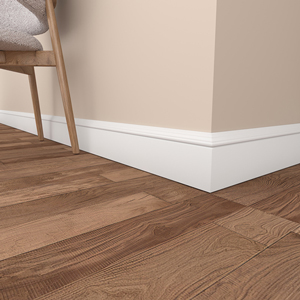
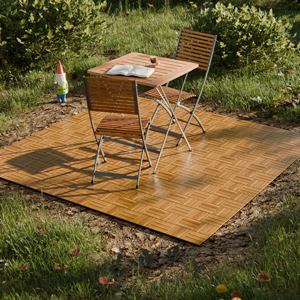
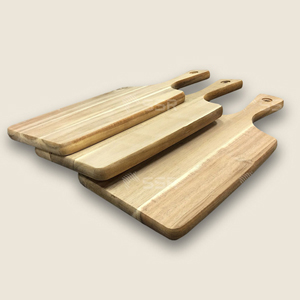
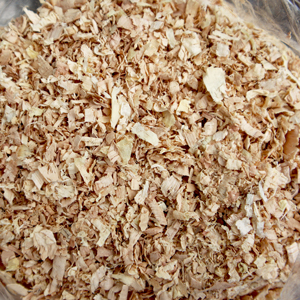

 Tháng 2 6, 2025
Tháng 2 6, 2025 | SSR
| SSR